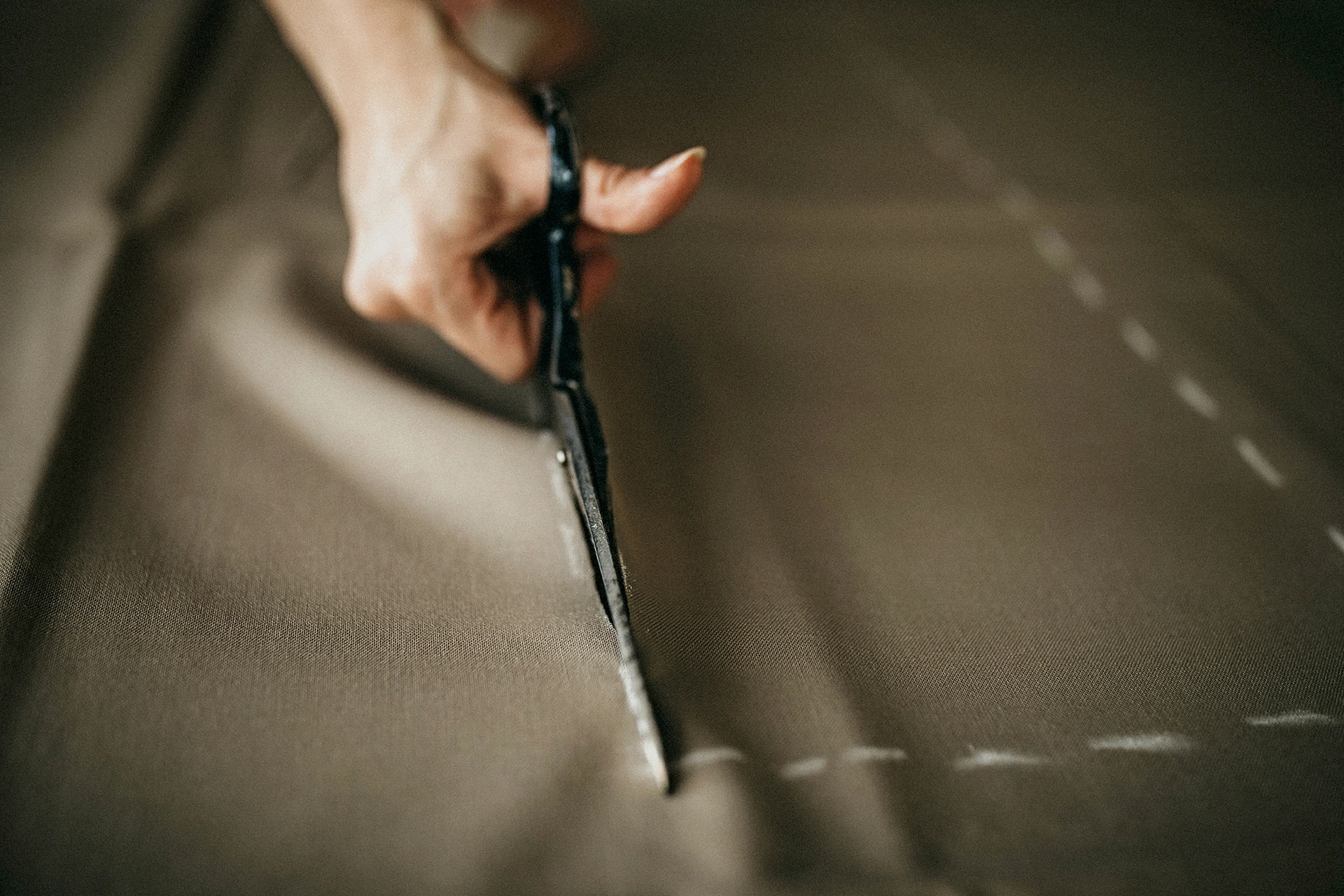
A fabric’s fiber composition refers to the weight percentage of each fiber that makes up the fabric.When you have a fabric swatch with an unknown fiber composition, it becomes extremely challenging to reorder the same fabric. Where would you even begin with a Google search? After reading this article, you won’t need to rely on your fabric supplier to determine the fiber composition for you. Here’s what you’ll learn:
Why is a fabric’s fiber composition so important?
How to check the fiber composition of knitted fabrics?

1. When Sourcing Fabric:
The fiber composition is the first detail you should know when sourcing fabric. Providing this information to your fabric supplier ensures they can match your requirements accurately.
2. When Verifying Ordered Fabrics:
Ensuring the fiber content matches expectations is essential for transparency and customer satisfaction. It ensures customers receive what they pay for.
3. For Labeling Compliance:
Fiber content impacts import/export tariffs and regulatory compliance. Most countries require accurate fiber content labels on finished products.

Tools Needed:
– Scissors
– Precision digital scale
– Pen
– Paper for notes
Steps to Check Fiber Composition:
1. Sampling:Cut a small piece (approximately 3-4 cm) from the fabric swatch for testing. Minimize waste, especially with expensive fabrics.
2. Yarn Extraction:Orient the fabric vertically to identify the pattern. Start pulling yarn from the edge until you extract a full strand across the fabric. This process requires patience.
3. Sorting Yarns:Separate visually or tactically different yarns into distinct piles. Note the sequence of extraction to gather at least 10 strands of each type for accuracy.
4. Weighing:Use a scale to weigh each pile of sorted yarns and record their weights.
5. Calculating Fiber Composition: Calculate the percentage of each fiber type using:
(The weight of one yarn pile ÷ the total weight of all the yarns) x 100% = Fiber percentage
In this case, the total weight of the black yarn pile and the grey yarn pile is 0.035g + 0.045g = 0.08g.
The fiber composition percentage of the black yarn pile will be (0.035 ÷ 0.08) x 100% = 43.75%
The fiber composition percentage of the grey yarn pile will be (0.045 ÷ 0.08) x 100% = 56.25%
6. Identifying Yarn Material:Conduct a burn test to further identify yarn materials. Refer to our guide on conducting a burn test for fabric fiber content.
Additional Notes:
– Fabrics with elasticity may contain spandex (elastane), which can complicate yarn extraction. If spandex yarns cannot be fully extracted, consider professional analysis for accurate results.
– Minor deviations from labeled percentages are common due to production variations.

Deekon textile offers a free fabric analysis service specializing in fabric composition, fiber content, fabric weight, and knitting structure for fabrics. Feel free to send us your samples for expert evaluation.
Layne | 09-03-2024 | Views 395 times
Sweatshirt Knit Fabric Series: Functions and Composition 1. Introduction to Sweatshirt Fabric Sweatshirt fabric is one of the most basic fabrics used in circular knitting. As the name suggests, it is used for making sweatshirts. In technical terms, it is know...
Layne | 09-02-2024 | Views 368 times
Are you looking for common swimwear fabrics? 1. Common Swimwear Fabrics In the blazing summer, it’s the season for swimwear to shine. So, what are the most commonly used fabrics for swimwear, and how should you select and care for them? 1.1 Lycra (DuPont L...
Layne | 09-01-2024 | Views 395 times
The Versatility of Polyester Stretch Fabric 1. Introduction Polyester stretch fabric is a standout in the textile industry, known for its flexibility, durability, and comfort. This fabric, made from a blend of polyester and elastane (or spandex), is widely us...
Layne | 08-31-2024 | Views 401 times
Nylon Stretch Fabric: The Perfect Blend of Strength and Flexibility 1. What is Nylon Stretch Fabric? Nylon stretch fabric is created by blending nylon fibers with elastane or spandex. Nylon itself is a synthetic fiber known for its toughness, resistance to we...
Layne | 08-22-2024 | Views 434 times
RPET Non-Woven Fabric: A Perfect Blend of Eco-Friendliness and Practicality 1. Background As environmental awareness increases, RPET non-woven fabric is becoming a popular choice in the market. RPET (Recycled Polyethylene Terephthalate) non-woven fabric not o...
Layne | 08-21-2024 | Views 507 times
Introduction to 10 Fabric Finishing Processes 1. Purpose of Fabric Finishing Finishing is a technical treatment that imparts color effects, shape effects (such as smoothness, velvety texture, stiffness, etc.), and practical effects (such as water resistance, ...
Contact us now for a free consult!